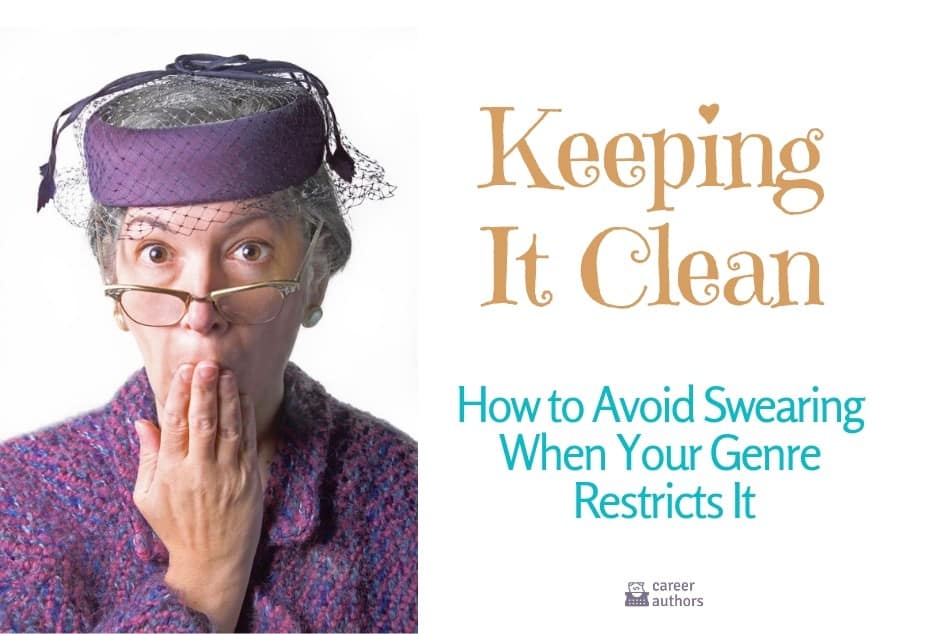With some genres, you need to keep the language clean to get published. Hospital operating room clean. Fusion reactor clean. Hadron Collider clean. (Yes, I Googled “cleanest places on earth.”)
Cozy mystery readers (and editors), might tolerate a “shit” or “damn,” but don’t try dropping the f-bomb because your editor will delete it (or not give you a contract in the first place because you will have demonstrated you don’t understand the genre or its audience).
In the YA world, it’s a little bit more “it depends.” You’ll see realistic language in grittier YA novels for the older end of the YA spectrum, but be aware that many school libraries will not order books that use the f-bomb or have lots of foul language. And since school libraries generally make up a large part of a YA novel’s sales . . . well, you do the math: How much is that f-bomb worth to you in lost sales?
Ditto for most Christian fiction. Publishers mostly won’t buy it because readers don’t want it.
But real people say crude things, you object. They curse. Even church-going, middle-aged mothers have been known to use an expletive when they slam the van door on their finger. My cozy mystery has a murderer, for heaven’s sake.
How come my villain can kill someone but he can’t cuss? How realistic is that?
Not very. You’re right. Now get over it.
If your chosen genre eschews cursing, learn to work within its admittedly artificial boundaries. It’s not that your characters can’t cuss – you just can’t put it on the page.
Techniques to avoid using foul language
For instance, as long as it’s not your viewpoint character who’s using salty language, you can have the POV character describe it, rather than spell it out.
- “He cursed like a sailor. Not that I know how a sailor curses, but they seem to be the cursing standard and Geno was swearing up a blue streak.”
- “Mrs. Applebaum said a single word when she saw what the loose gerbil did to her prizewinning peach clafouti at the state fair and everyone in the room turned to gawk at her. A small boy tugged at his mother’s sleeve and asked what the word meant, and she hurriedly shushed him.”
- “Rocky swore.”
The pluses to this approach include being able to show your characters’ reaction to the words, which can accomplish much more than merely printing the words themselves on the page.
You can even use this technique when a viewpoint character drops the f-bomb or similar word.
- “When Mr. Harding broke the news to me, I swore. My choices were tears and swearing and I went with the latter.”
- “I cursed.”
- “I used the word that used to get my mouth washed out with soap at St. Anne’s K-5.”
See how much more you can reveal about the character by not using the offensive word? Admittedly, this approach is wordier, but if it gets you the 3-book cozy contract, or boosts your school library sales, it’s probably worth it.
Have tricks of your own? Share them on our Facebook page.





